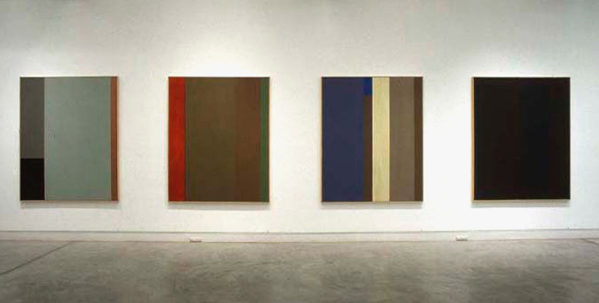
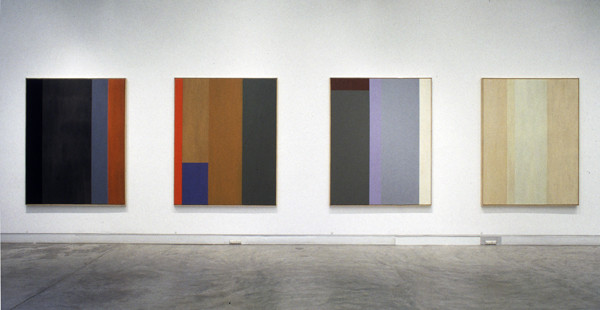
Title: Wittgenstein’s Colours
Material: acrylic/canvas
Size: ten parts, each 170 cm x 138 cm
Location: collection, Art Gallery of New South Wales, Sydney
Wittgenstein’s Colours I to X (ten-part work)
In a complex world, there are circumstances, values and experiences that traditional and verbal language cannot adequately communicate.
At the beginning of the last century, the Viennese philosopher Ludwig Wittgenstein reflected on a comparably contingent and complex world in his reflections on language, and colour. To go beyond the boundaries of language, then and now, allows a vital space – a place – for inventive thought.
This suite of paintings was generated by the specific colours used by Wittgenstein as the architect of his sister’s house in Vienna and in his discussion of colour in his writings. In this house, Wittgenstein challenged modernist idealism, accommodating subtleties of colour, cultural diversity including eastern and western ideas and objects. Misunderstood over time, this house (and its author) has been a longstanding source of speculative fascination for me.
The colours defy easy description; they are complex and difficult to name, transcending the bounds of simple colour naming. Complex colour defeats language. Instead, it requires a visual response and contemplation. The locality of this meditation on colour coincidentally reflects the colours of a closer Australian landscape, a deflection that can refer to an Australian locality in a particular way.
Why colour? It alters one’s sense of space, and colours interact by their proximity under changing circumstances of light. The colour relationships within this suite of paintings are spatially evocative distillations of complex structures, although non-representational. They are attempts to create, as far as possible in abstract painting, a sense of the ambiguity of space by divisions and colour relations. The paintings invite entry to a harmonious space, like that of the building at Kundmanngasse 9, Vienna, that, paradoxically, can evoke the vastness of central Australia.
RD 2002
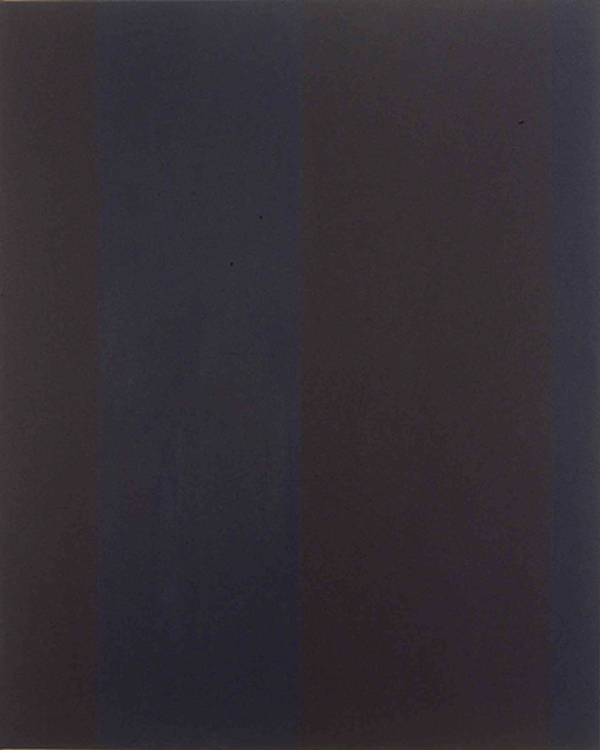
LW-I black/red/black (Wittgenstein’s Colours)
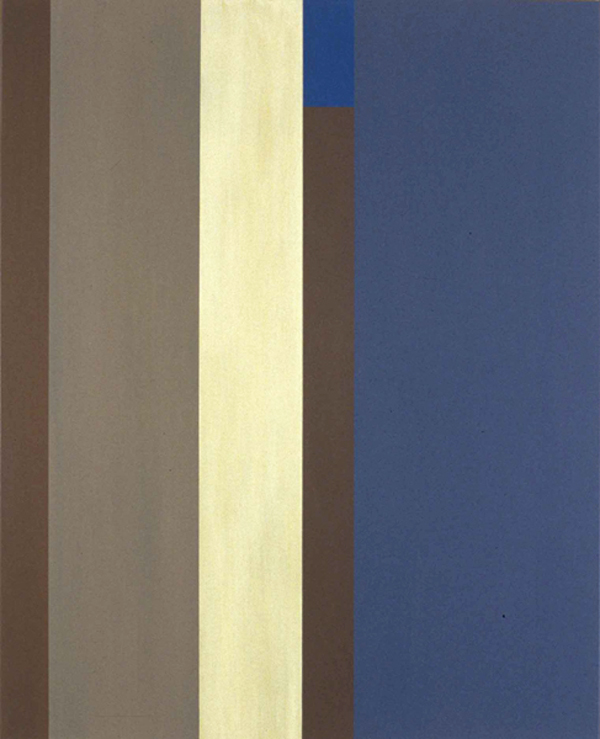
LW-II black/blue/green/ochre (Wittgenstein’s Colours)
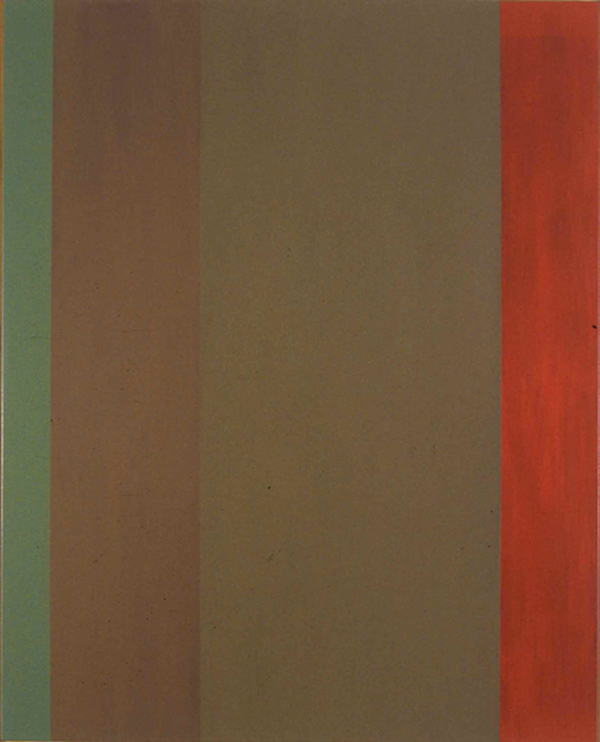
LW-III red/green (Wittgenstein’s Colours)
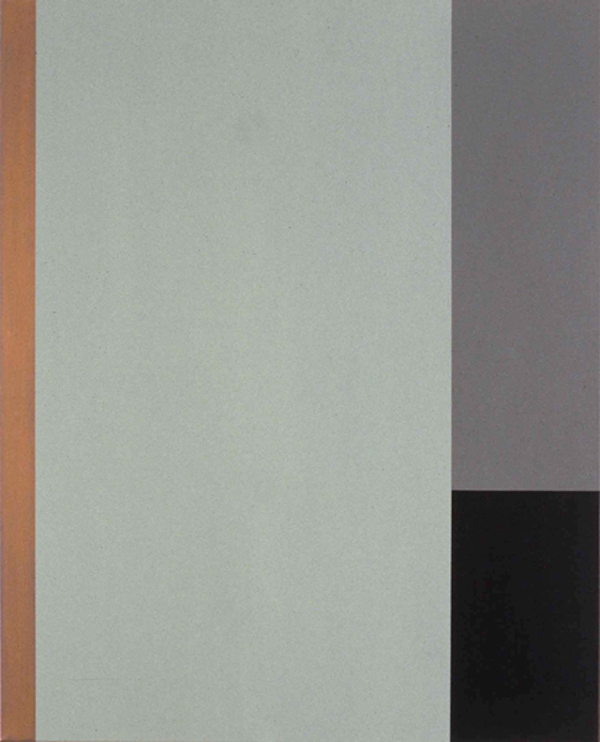
LW-IV black/green/grey (Wittgenstein’s Colours)
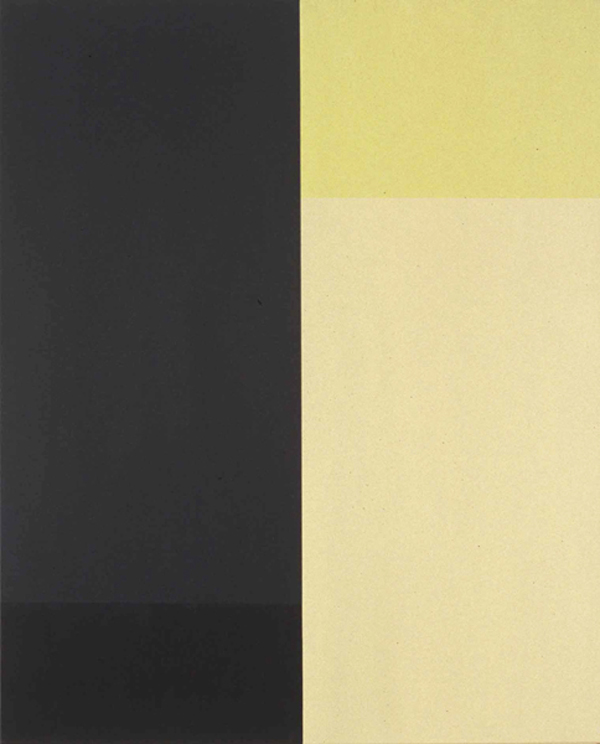
LW-V grey/blue/yellow/ochre (Wittgenstein’s Colours)
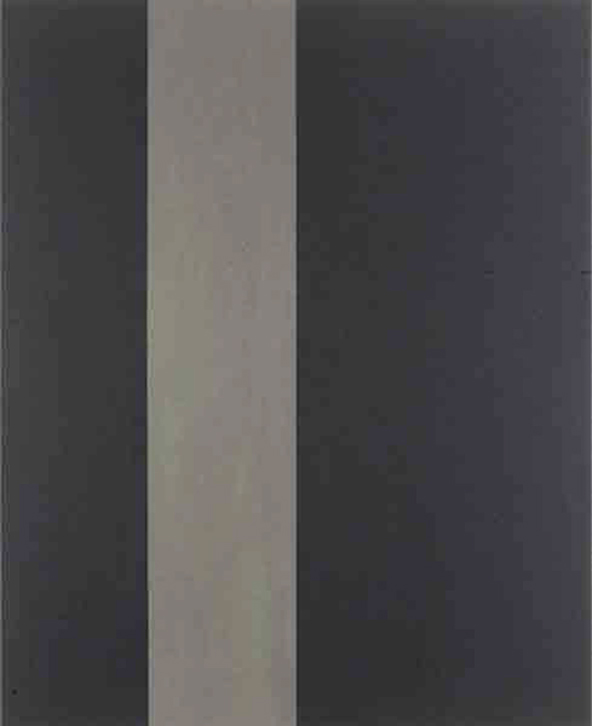
LW-VI Brown/black/grey (Wittgenstein’s Colours)
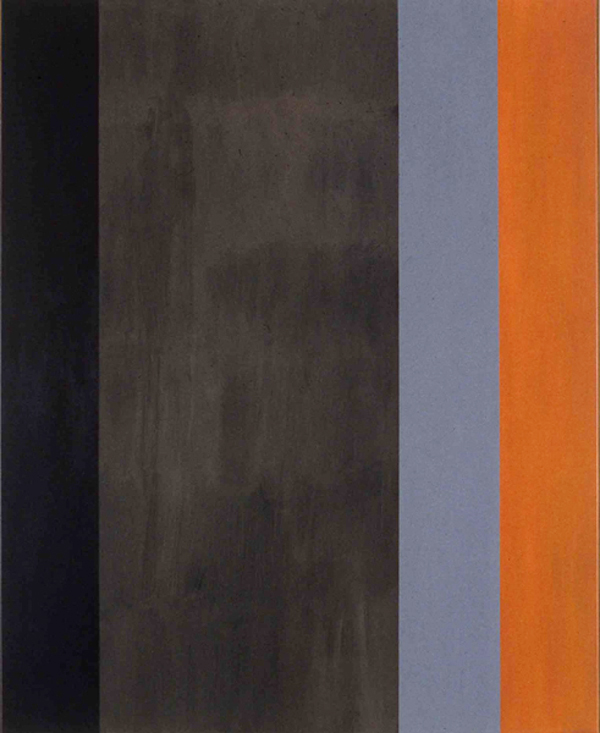
LW-VII orange/grey/green (Wittgenstein’s Colours)
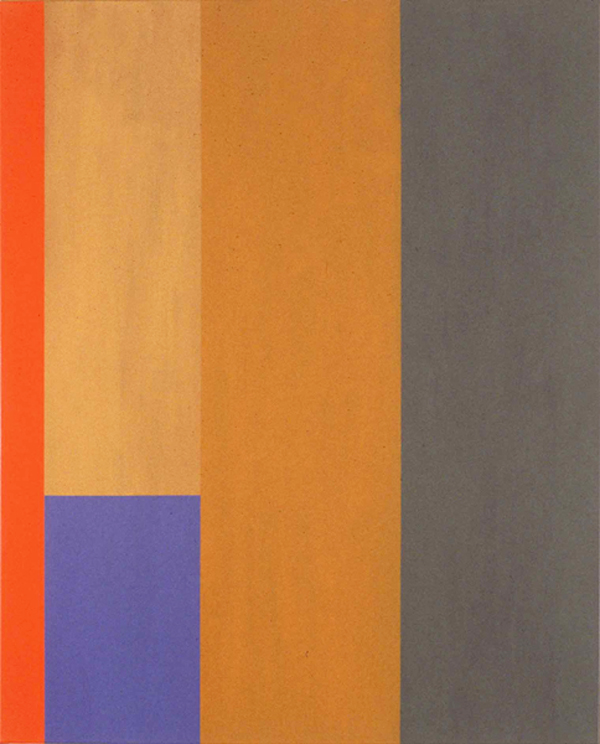
LW-VIII ochre/orange/blue//grey (Wittgenstein’s Colours)
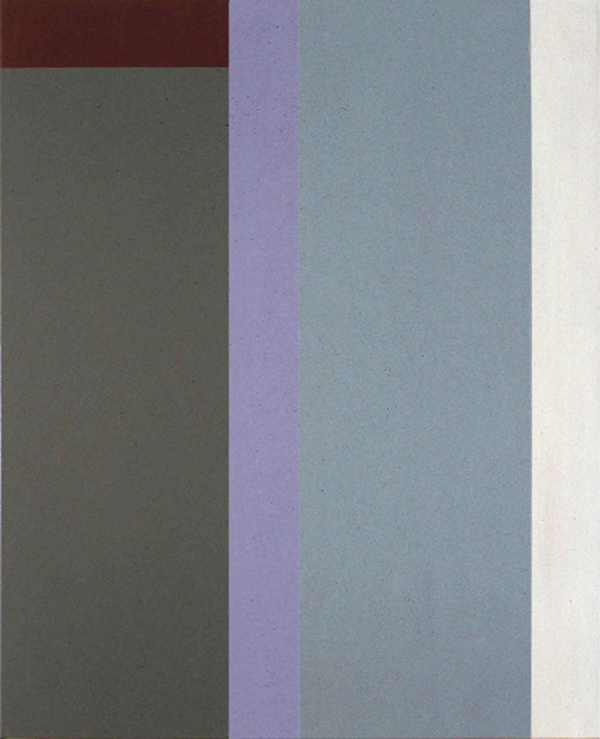
LW-IX grey/red/green/blue (Wittgenstein’s Colours)
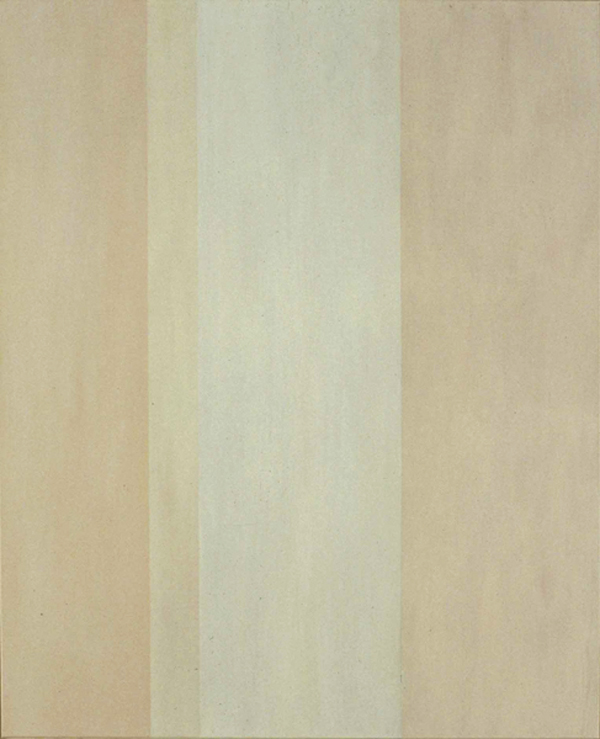
LW-X ochre/red/white (Wittgenstein’s Colours)